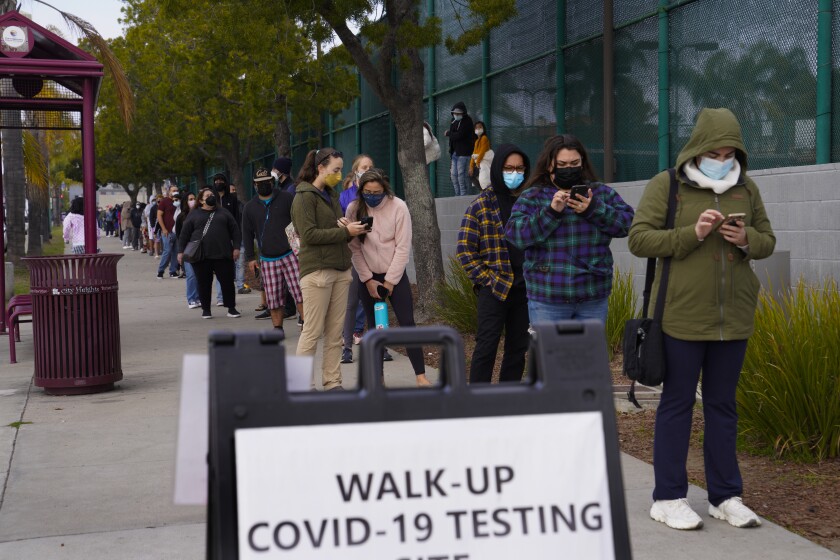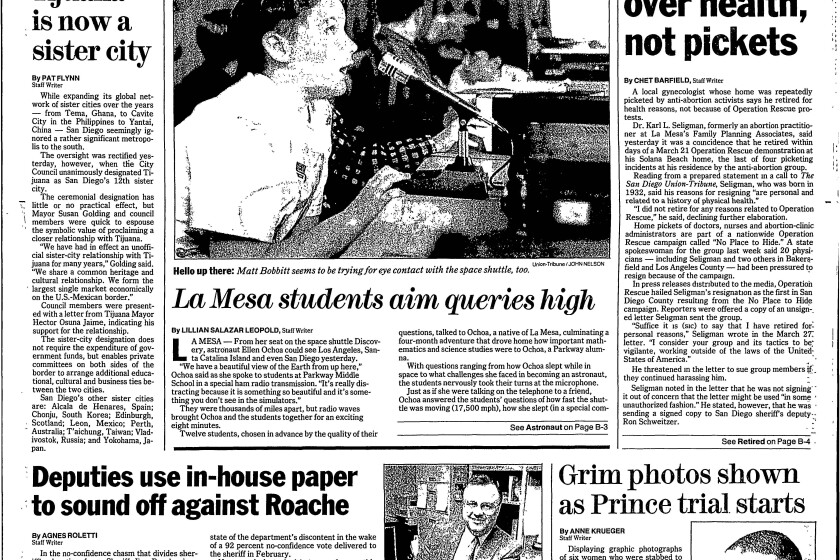

Environmental issues disproportionately affect the health and well-being of vulnerable populations worldwide, including in San Diego County (Morris and Saunders, 2017).Įnvironmental justice has been an ongoing issue in San Diego since World War II brought industrial expansion and a population boom to the city, which served as the home base of the Pacific Fleet. Environmental justice is the idea that every person has the right to an environment that is not harmful to their health or well-being. The United States Environmental Protection Agency defines environmental justice as “ the fair treatment and meaningful involvement of all people regardless of race, color, national origin, or income, with respect to the development, implementation, and enforcement of environmental laws, regulations, and policies” (Environmental Justice, 2019).

Other needs include an increased tree canopy coverage, solar energy accessibility, and efficient and clean water and energy services. The most pressing needs in these communities, according to the report, are funding affordable public transportation. According to the report, the Climate Action Plan fails to address the lack of funding for environmental justice initiatives in these communities (Williams and Martinez, 2018).

The report, titled “ Start Here, Start Now: An Environmental Justice Assessment of the City of San Diego Climate Action Plan ,” calls into question the efficiency of the Climate Action Plan in low-income communities of color.

The City of San Diego Climate Action Plan, approved by the San Diego City Council in 2015 and endorsed by many environmental, business, and community leaders, has recently received criticism in the form of a report released by local environmental advocacy organizations. An overhead view of the shipyards and chemical plants just a few blocks from residences in Barrio Logan.


 0 kommentar(er)
0 kommentar(er)
